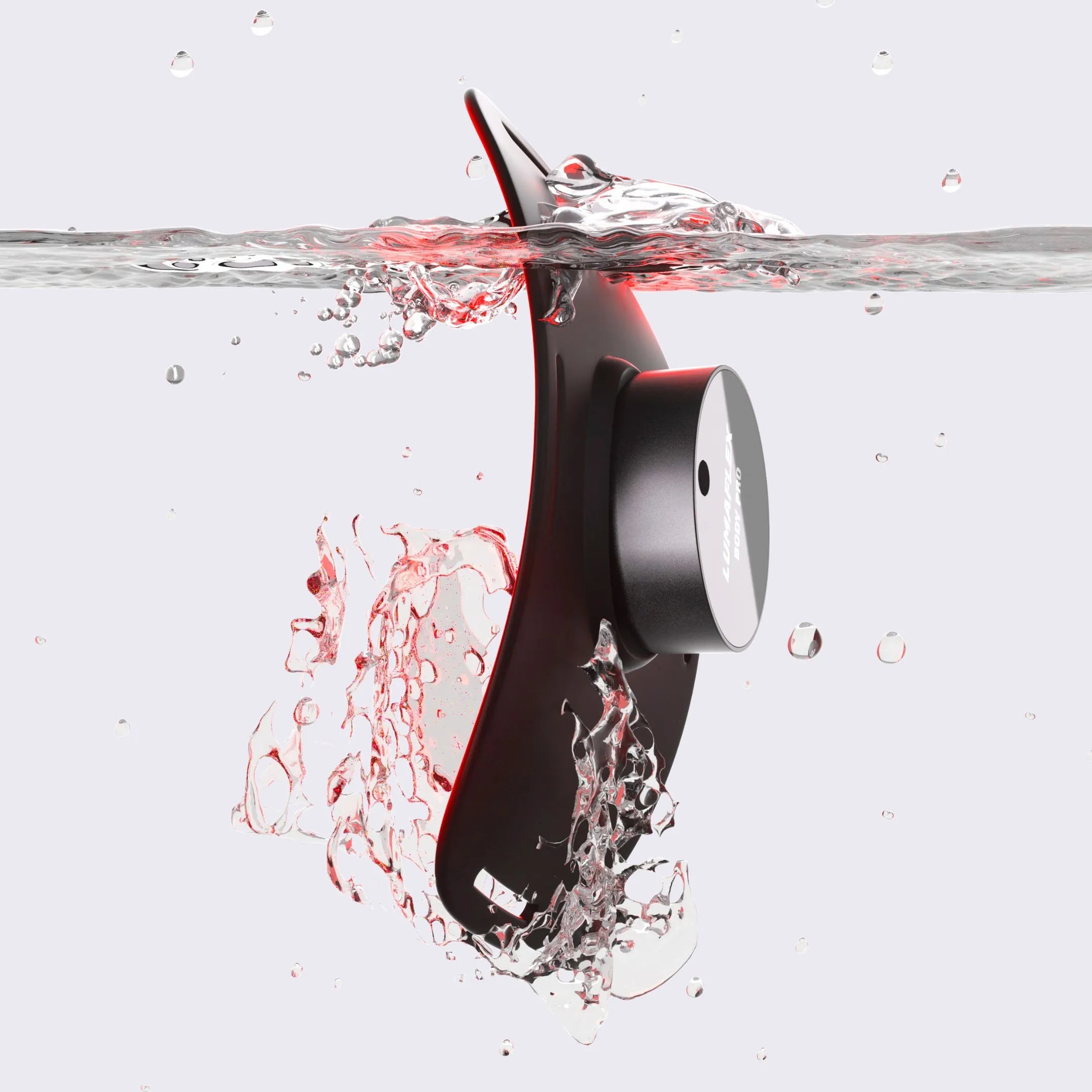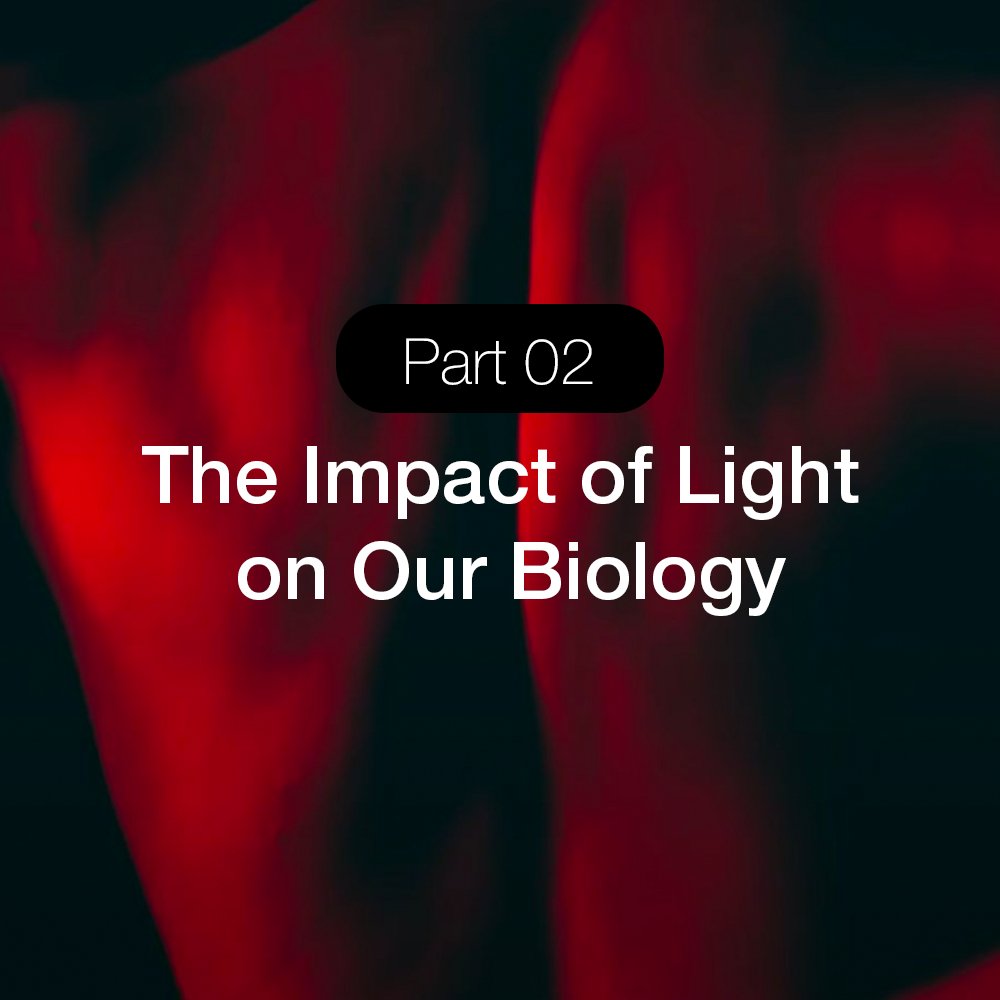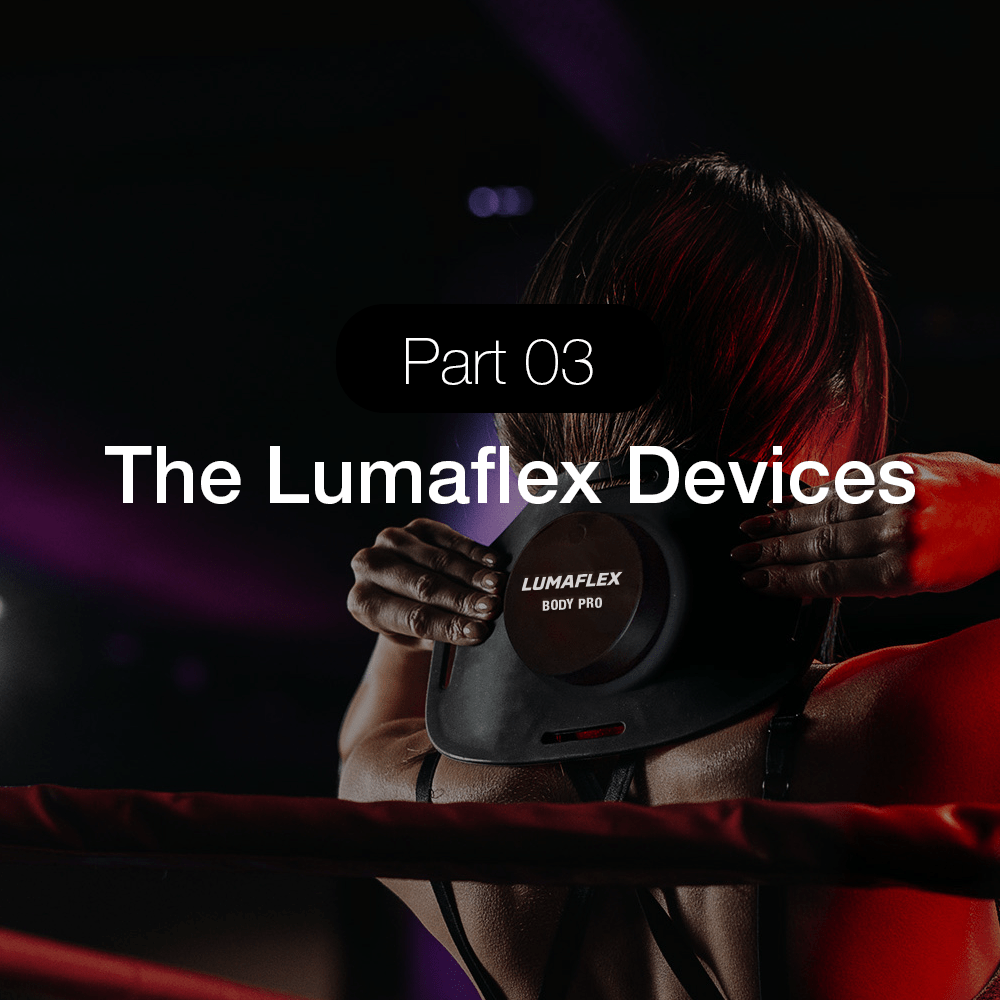Red Light Therapy for Thyroid: How It Supports Energy, Metabolism & Wellness
Red light therapy for thyroid health is quickly gaining attention as a gentle, drug-free way to support hormone balance and ease inflammation. Your thyroid may be small, but it plays a huge role, helping regulate your metabolism, energy, mood, and more.
When your thyroid isn’t working properly, it can throw your whole body out of sync. That’s where red light therapy (RLT) comes in. Instead of just masking symptoms like some medications do, RLT uses targeted light to gently stimulate thyroid tissue and support natural hormone production.
The science is still evolving, but many people say they feel better using RLT alongside their regular treatment. Could this simple, non-invasive approach be just what your thyroid needs?
- 1. What is Red Light Therapy?
- 2. The Role of the Thyroid and Thyroid Disorders
- 3. How Red Light Therapy Supports Thyroid Health
- 4. Key Benefits of Red Light Therapy for Thyroid Health
- 5. How to Use Red Light Therapy for Thyroid Health
- 6. Conclusion: Should You Consider Red Light Therapy for Thyroid Health?
- 7. Related Readings
What is Red Light Therapy?
Red Light Therapy: Where Science Meets Self-Care
Think of red light therapy (RLT) as a way to recharge your body at the cellular level. It uses specific wavelengths of red (630–700 nm) and near-infrared (800–850 nm) light to deliver gentle, targeted energy, without heat, pain, or downtime.
Here’s what’s happening beneath your skin:
- Cellular Boost: Your cells absorb the light, supercharging the mitochondria (your cell’s powerhouses) and increasing ATP production, your body’s natural energy source, by up to 150%.
- Inflammation Control: It helps calm overactive immune responses and reduce oxidative stress, which can fuel inflammation.
- Faster Repair: It supports tissue healing and collagen production, helping your body recover and renew from the inside out.
Originally developed by NASA for healing in space, red light therapy also known as photobiomodulation is now a go-to in both clinics and home wellness routines. Unlike medications that only manage symptoms, RLT encourages your body to heal and regulate itself, whether you're targeting joint pain, skin issues, or deeper health concerns like thyroid function.
Why It Matters for Your Thyroid:
- Penetrates 2–5 cm deep—enough to reach your thyroid gland
- May support hormone-producing cells and improve thyroid function naturally
- Works alongside traditional treatments without harsh side effects
The Role of the Thyroid and Thyroid Disorders

Your Thyroid: The Body’s Silent Conductor
Nestled just below your Adam’s apple, the thyroid is a small, butterfly-shaped gland with a big job. It quietly orchestrates key functions like energy levels, metabolism, body temperature, and even mood. Thanks to the hormones it produces, primarily T3 and T4. When the thyroid goes out of tune, your whole body can feel off balance.
Common Thyroid Disorders
Hypothyroidism happens when the thyroid doesn’t produce enough hormones and it affects about 5% of adults. The tricky part? It often develops slowly and quietly, without obvious symptoms at first. As hormone levels drop, metabolism begins to slow, leading to persistent fatigue, weight gain, brain fog, cold sensitivity, and sluggish digestion.
If left untreated, hypothyroidism can increase the risk of cardiovascular issues and take a toll on mental clarity and mood. That’s why recognizing the early, subtle signs is so important. With timely diagnosis and proper treatment, many people can restore balance and feel more like themselves again.
Hashimoto’s thyroiditis is an autoimmune condition where the immune system mistakenly attacks the thyroid, usually through T-cell-driven inflammation. Over time, this ongoing damage causes the thyroid to slow down, leading to a gradual drop in hormone levels. Most people eventually develop hypothyroidism, with symptoms like fatigue, weight gain, and sensitivity to cold.
Doctors typically diagnose Hashimoto’s through elevated TSH levels and the presence of thyroid antibodies. While standard treatment involves lifelong hormone replacement therapy, there’s growing interest in complementary approaches like red light therapy that aim to reduce inflammation and support cellular repair for better long-term thyroid health.
Hyperthyroidism happens when the thyroid becomes overactive and produces too much hormone, speeding up the body’s metabolism. This can lead to symptoms like a rapid or irregular heartbeat, unintentional weight loss, anxiety, hand tremors, increased sweating, and heat sensitivity.
If not properly managed, hyperthyroidism can cause serious complications, including heart issues and bone loss (osteoporosis). Early diagnosis and treatment are key to preventing long-term health problems and restoring balance to your system.
These thyroid imbalances can create a frustrating cycle: the gland starts to struggle, hormone levels drop, inflammation builds up, and symptoms only get worse. While treatments like hormone replacement can help restore balance, many people still deal with lingering fatigue, brain fog, or inflammation. That’s where red light therapy may offer extra support by addressing what medication alone often doesn’t.
Why Red Light Therapy Could Help:
- The thyroid sits just 2–3 cm below the surface, making it easy to reach with therapeutic light.
- Chronic inflammation is common in thyroid disorders and RLT is known to help reduce it.
- Low cellular energy (ATP) is often part of the problem, and red light therapy helps recharge cells from the inside out.

How Red Light Therapy Supports Thyroid Health
Your thyroid works best when its cells are healthy, energized, and free from chronic inflammation. But issues like autoimmune flare-ups, oxidative stress, and sluggish circulation can throw everything off balance. That’s where red light therapy (RLT) comes in a research-backed, non-invasive method that helps support your thyroid from the inside out.
Here’s how it works:
1. Calms Inflammation in the Thyroid
In autoimmune conditions like Hashimoto’s, chronic inflammation gradually damages thyroid tissue. Red light therapy helps calm this immune attack by lowering pro-inflammatory markers (like TNF-α and IL-6) and boosting anti-inflammatory ones (such as IL-10 and TGF-β).
It also improves local circulation by increasing nitric oxide, which helps deliver more oxygen and nutrients to your thyroid cells supporting tissue repair. On a cellular level, RLT stimulates the mitochondria to produce more ATP and antioxidant enzymes like SOD, catalase, and glutathione. Together, these effects help reduce oxidative stress, one of the key triggers behind autoimmune flare-ups.
2. Recharges Cellular Energy
Thyroid cells rely heavily on energy to produce hormones like T3 and T4. Red light therapy boosts energy at the cellular level by activating cytochrome‑c oxidase, a key enzyme in the mitochondrial energy pathway. When exposed to red and near-infrared light, this enzyme absorbs light, clears out nitric oxide blockages, and restores the electron flow leading to a big increase in ATP production.
This energy surge helps thyroid cells function more efficiently, repair damage, and produce hormones more effectively. It’s like giving your thyroid a much-needed recharge.
3. Supports Better Hormone Conversion
Even when T4 levels are normal, many thyroid patients struggle with low T3, the hormone your body actually uses. Early studies show that red light therapy may help improve this conversion. In a 2020 study of 350 patients with Hashimoto’s, those who received RLT saw significantly better T3/T4 ratios and were able to reduce their need for levothyroxine by up to 15 times more than those on supplements alone.
RLT was also linked to a drop in thyroid peroxidase (TPO) antibodies, suggesting better enzyme activity and a more efficient hormone production process overall.
4. Restores Metabolic Balance
When your thyroid is functioning well, the benefits are felt head to toe. People who use red light therapy often report more stable energy levels, sharper mental focus, better mood, and an easier time maintaining a healthy weight.
That’s because healthier thyroid cells mean a more balanced metabolism. Studies show RLT improves mitochondrial function and reduces oxidative stress, key ingredients for reversing fatigue and restoring your body’s natural rhythm.

Growing Evidence for Thyroid Support
While red light therapy is still being explored in thyroid care, early studies are promising—especially for those with Hashimoto’s.
- A 2023 study published in the Journal of Personalized Medicine found that RLT, when combined with supplements, significantly reduced thyroid antibodies in Hashimoto’s patients compared to supplements alone.
- Another 2020 study in Photobiomodulation, Photomedicine, and Laser Surgery showed that RLT helped improve thyroid hormone levels in people with Hashimoto’s Thyroiditis.
Though more long-term research is needed, red light therapy’s non-invasive, drug-free nature makes it a compelling option for anyone looking to support thyroid health more holistically.
Key Benefits of Red Light Therapy for Thyroid Health
Red light therapy offers a gentle, drug-free way to support your thyroid, right at the cellular level. Backed by emerging science, it helps restore balance, energy, and resilience to one of your body’s most essential glands. Here’s how it can make a difference:
More Energy, Less Fatigue
If you’re constantly tired, even after a good night’s sleep, your thyroid might be struggling to keep up. Red light therapy helps by recharging your cells, specifically the mitochondria, your body’s energy factories. By stimulating the enzyme cytochrome-c oxidase, RLT boosts ATP (cellular energy) production, allowing thyroid cells to repair, function better, and produce hormones more effectively. That energy boost can lead to improved metabolism, reduced fatigue, and sharper focus, something many thyroid patients desperately need.
Non-Invasive and Side-Effect-Free
One of the biggest advantages of RLT is how safe and gentle it is. There are no pills to take, no needles, and no recovery time. Instead, RLT delivers targeted red and near-infrared light to your neck, stimulating healing beneath the surface without damaging the skin or introducing chemicals. Side effects are rare and typically mild—like slight warmth or temporary redness. It’s a natural therapy that supports your thyroid without adding to your stress or medical load.
Better Hormone Balance
Struggling with low T3 levels, even when your T4 is "normal"? You’re not alone. Research suggests that RLT can improve the T3/T4 ratio and lower thyroid antibody levels in people with Hashimoto’s thyroiditis. That means better hormone conversion and less autoimmune activity. By enhancing mitochondrial function and reducing inflammation, RLT may help your thyroid do its job more efficiently, potentially lowering your need for hormone replacement over time.
Boosts Your Metabolism
A sluggish thyroid can slow your metabolism and leave you feeling cold, tired, or prone to weight gain. Red light therapy helps rev up metabolic processes by improving hormone production and increasing cellular energy. As your thyroid cells perform better, your body can burn calories more effectively. even at rest. Improved blood flow and reduced inflammation also help your hormones circulate properly, so you feel more balanced throughout the day.
Whole-Body, Holistic Support
RLT isn’t just about treating symptoms. It’s about helping your body heal itself. This therapy supports your thyroid naturally, using light to restore energy, reduce inflammation, and promote circulation. Whether you’re managing hypothyroidism, Hashimoto’s, or just looking for a more natural way to feel better, red light therapy offers a non-invasive, science-backed option that fits into a holistic wellness approach.
How to Use Red Light Therapy for Thyroid Health
If you’re exploring red light therapy (RLT) for thyroid support, here’s how to get the most out of your sessions:
1. Choose the Right Device
- Handheld devices or panels with wavelengths between 630nm and 850nm work best for deep tissue penetration.
- Look for FDA-cleared options for safety and efficacy.
2. Frequency Matters
Start with 3–5 sessions per week, each lasting 10–20 minutes. Consistency is key, but listen to your body. Some prefer shorter daily sessions.
3. Target the Thyroid Directly
- Position the light 6–12 inches from your neck, focusing on the area just below the Adam’s apple where the thyroid sits.
4. Safety First
- Wear protective goggles if your device emits bright light, and avoid staring directly into the LEDs. Follow the manufacturer’s guidelines to prevent overuse.
For at-home red light therapy, simplicity and patience yield the best results. Stick with it, and you might notice improvements in energy and thyroid function over time.
Conclusion: Should You Consider Red Light Therapy for Thyroid Health?
Red light therapy is gaining recognition as a safe, non-invasive way to support thyroid health. From reducing inflammation to enhancing cellular energy, the benefits are especially promising for those dealing with conditions like hypothyroidism or Hashimoto’s. As always, it’s important to speak with your healthcare provider to make sure it’s the right fit for you.
If you’re looking to use red light therapy effectively and safely, enroll in our Foundations Course. It’s designed to give you clear, science-backed guidance on how to get the best results, especially for thyroid support.
Start your learning journey today. Sign up for our Foundations Course.
Related Readings
1. Estrogen and Hair Loss: Red Light Therapy for Scalp Revival
2. Clinical Trials about Red Light Therapy For Weight Loss
3. Exploring the Safety and Possible Side Effects of Red Light Therapy for Weight Loss
4. Red Light Therapy for Metabolism: Unlocking the Science of Its Effects on Metabolic Health
5. Red Light Therapy 101: Everything You Need to Know
6. Red Light Therapy Devices in Saunas: A Natural Boost for Mental Health and Stress Reduction
7. Understanding Energy Flow: Integrating Red Light Therapy with Acupuncture
































